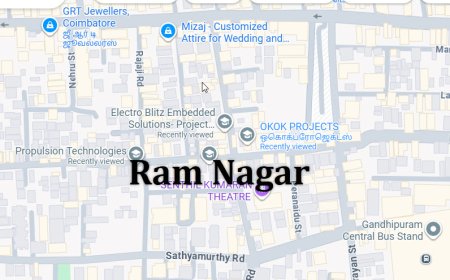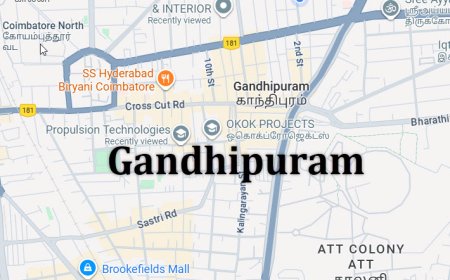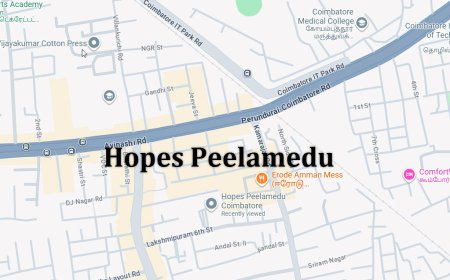Lung Diseases Predication using DenseNet in Python Projects
Lung Diseases Predication using DenseNet in Python Projects
Lung Diseases Predication using DenseNet in Python Projects
Abstract
Early and accurate detection of lung diseases, such as pneumonia, tuberculosis, and COVID-19, is critical for timely treatment and reducing mortality rates. The project Lung Diseases Prediction using DenseNet in Python Projects focuses on developing an automated system that leverages the DenseNet deep learning architecture to classify lung diseases from chest X-ray or CT images. Python is used as the development platform due to its powerful libraries for image processing, machine learning, and deep learning, including TensorFlow, Keras, PyTorch, OpenCV, and NumPy. The system preprocesses medical images to enhance contrast, normalize intensity, and remove noise, then applies DenseNet-based models to extract hierarchical features and predict specific lung conditions. This automated approach aids radiologists in making accurate diagnoses and supports healthcare systems in early detection and effective treatment planning.
Existing System
Existing lung disease detection methods often rely on manual examination of X-ray or CT images by radiologists, which is time-consuming and subject to inter-observer variability. Traditional computer-aided diagnosis systems use handcrafted features combined with classifiers like SVM or Random Forest, but these approaches are limited in capturing complex patterns and subtle abnormalities in medical images. Some existing deep learning approaches use CNNs for classification, yet they may suffer from gradient vanishing in very deep networks and require extensive computational resources. Consequently, existing systems often struggle to achieve high accuracy and scalability, especially when applied to large-scale medical imaging datasets.
Proposed System
The proposed system introduces a Python-based deep learning framework using DenseNet architecture for lung disease prediction. Preprocessing steps include resizing, intensity normalization, denoising, and contrast enhancement of X-ray or CT images. DenseNet models, known for their dense connectivity and efficient feature reuse, are trained to classify images into multiple lung disease categories. Data augmentation techniques, including rotation, flipping, scaling, and brightness adjustment, are applied to improve model robustness and generalization across diverse patient datasets. The system’s performance is evaluated using metrics such as accuracy, precision, recall, F1-score, and ROC-AUC. By integrating DenseNet with medical image analysis, this system provides accurate, reliable, and scalable lung disease prediction, facilitating early diagnosis, informed clinical decisions, and improved patient outcomes.
What's Your Reaction
 Like
0
Like
0
 Dislike
0
Dislike
0
 Love
0
Love
0
 Funny
0
Funny
0
 Angry
0
Angry
0
 Sad
0
Sad
0
 Wow
0
Wow
0































